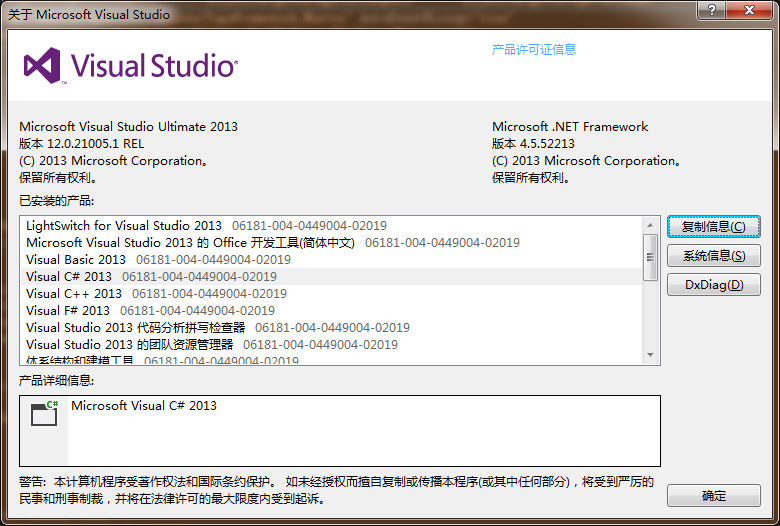可以将文章内容翻译成中文,广告屏蔽插件可能会导致该功能失效(如失效,请关闭广告屏蔽插件后再试):
问题:
I need to access this from my setInterval handler
prefs: null,
startup : function()
{
// init prefs
...
this.retrieve_rate();
this.intervalID = setInterval(this.retrieve_rate, this.INTERVAL);
},
retrieve_rate : function()
{
var ajax = null;
ajax = new XMLHttpRequest();
ajax.open(\'GET\', \'http://xyz.com\', true);
ajax.onload = function()
{
// access prefs here
}
}
How can I access this.prefs in ajax.onload ?
回答1:
The setInterval line should look like this:-
this.intervalID = setInterval(
(function(self) { //Self-executing func which takes \'this\' as self
return function() { //Return a function in the context of \'self\'
self.retrieve_rate(); //Thing you wanted to run as non-window \'this\'
}
})(this),
this.INTERVAL //normal interval, \'this\' scope not impacted here.
);
Edit: The same principle applies to the \" onload \". In this case its common for the \"outer\" code to do little, it just sets up the request an then sends it. In this case the extra overhead an additinal function as in the above code is unnecessary. Your retrieve_rate should look more like this:-
retrieve_rate : function()
{
var self = this;
var ajax = new XMLHttpRequest();
ajax.open(\'GET\', \'http://xyz.com\', true);
ajax.onreadystatechanged= function()
{
if (ajax.readyState == 4 && ajax.status == 200)
{
// prefs available as self.prefs
}
}
ajax.send(null);
}
回答2:
this.intervalID = setInterval(this.retrieve_rate.bind(this), this.INTERVAL);
回答3:
The default behavior of setInterval is to bind to the global context. You can call a member function by saving a copy of the current context. Inside retrieve_rate the this variable will be correctly bound to the original context. Here is what your code would look like:
var self = this;
this.intervalID = setInterval(
function() { self.retrieve_rate(); },
this.INTERVAL);
Bonus tip: For a plain function reference (as opposed to an object reference which has a member function) you can change the context by using JavaScript\'s call or apply methods.
回答4:
With improving browser support the time is now good to use the EcmaScript 6 enhancement, the arrow => method, to preserve this properly.
startup : function()
{
// init prefs
...
this.retrieve_rate();
this.intervalID = setInterval( () => this.retrieve_rate(), this.INTERVAL);
},
Using => method preserves the this when retrieve_rate() is called by the interval. No need for funky self or passing this in parameters
回答5:
window.setInterval(function(){console.log(this)}.bind(this), 100)
this is legal in javascript and saves lots of code :)
回答6:
This would be the cleanest solution, since most of the time you actually want to switch the this context for your consecutive method calls:
Also it\'s easier to grasp the concept of.
// store scope reference for our delegating method
var that = this;
setInterval(function() {
// this would be changed here because of method scope,
// but we still have a reference to that
OURMETHODNAME.call(that);
}, 200);
回答7:
prefs: null,
startup : function()
{
// init prefs
...
this.retrieve_rate();
var context = this;
this.intervalID = setInterval(function()
{
context.retrieve_rate();
}, this.INTERVAL);
},
retrieve_rate : function()
{
var ajax = null;
ajax = new XMLHttpRequest();
ajax.open(\'GET\', \'http://xyz.com\', true);
var context = this;
ajax.onload = function()
{
// access prefs using context.
// e.g. context.prefs
}
}
回答8:
With modern browsers the setInterval method allows additional parameters which are passed through to the function specified by func once the timer expires.
var intervalID = scope.setInterval(func, delay[, param1, param2, ...]);
Hence, a possible solution can be:
this.intervalID = setInterval(function (self) {
self.retrieve_rate();
}, this.INTERVAL, this);
A demo:
var timerId;
document.querySelector(\'#clickMe\').addEventListener(\'click\', function(e) {
timerId = setInterval(function (self) {
self.textContent = self.textContent.slice(0, -1);
if (self.textContent.length == 0) {
clearInterval(timerId);
self.textContent = \'end..\';
}
}, 250, this);
})
<button id=\"clickMe\">ClickMe</button>
回答9:
That\'s not a beauty solution but it\'s in common usage:
var self = this;
var ajax = null;
//...
ajax.onload = function() {
self.prefs....;
}



